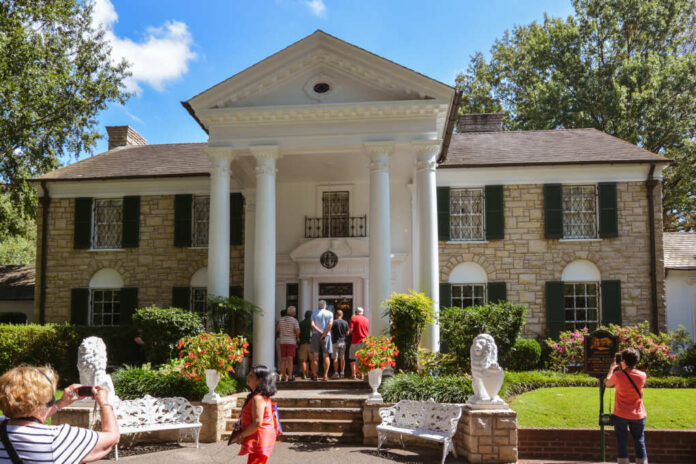
The recent attempt to fraudulently acquire Elvis Presley’s Graceland through identity theft has highlighted a growing concern in the world of celebrity estates: the vulnerability of deceased stars to posthumous identity fraud.
Cybersecurity expert Michael Brown explains, “Celebrities, even after death, remain prime targets for identity thieves. Their personal information is often more accessible, and their names carry significant financial clout.”
The Graceland case, which involved the alleged use of Lisa Marie Presley’s identity, demonstrates the sophisticated nature of these crimes. Fraudsters are increasingly targeting not just living celebrities, but also the estates of deceased stars.
“This isn’t just about credit card fraud,” warns estate attorney Sarah Johnson. “We’re seeing attempts to take over entire estates, manipulate royalty payments, and even create fake business deals using a deceased celebrity’s name.”
The incident has sparked calls for stronger protections for celebrity estates. Some experts advocate for specialized identity protection services tailored to the unique needs of high-profile individuals and their heirs.
Conservative commentator David Wilson argues, “This is about more than just protecting the rich and famous. It’s about preserving our cultural heritage and ensuring that a person’s legacy isn’t tarnished by criminals after their death.”
The Graceland fraud attempt has also raised questions about the responsibility of financial institutions and government agencies in preventing such crimes. Critics argue that more stringent verification processes are needed when dealing with high-value estates.
As the investigation into the Graceland scheme continues, it serves as a wake-up call for celebrity estate managers and everyday Americans alike. The incident underscores the need for vigilance in protecting personal information, even beyond the grave.
The attempted theft of Graceland may have been thwarted, but it has exposed a vulnerability that extends to all celebrity estates, prompting a reevaluation of how we protect the identities and legacies of our cultural icons.




















